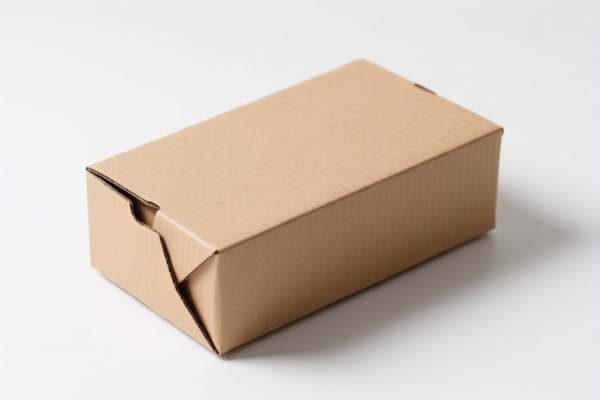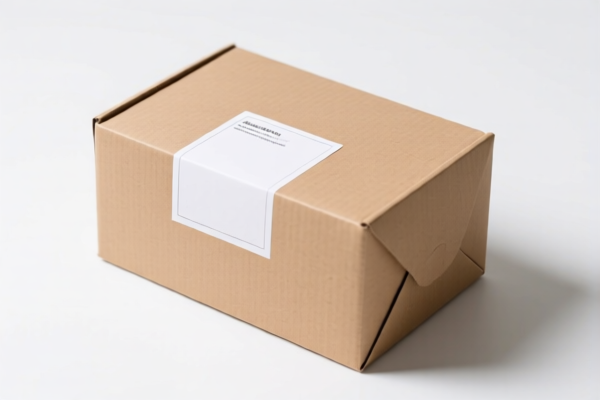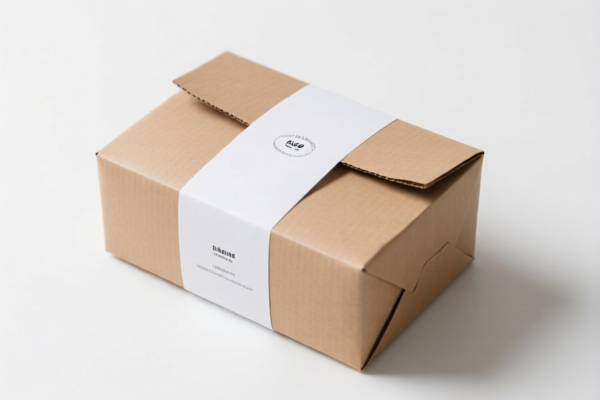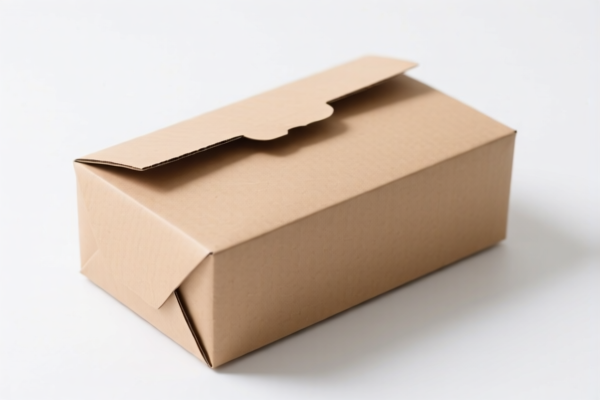| HS Code | Official Doc | Tariff Rate | Origin | Destination | Effective Date |
|---|---|---|---|---|---|
| 4823901000 | Doc | 55.0% | CN | US | 2025-05-12 |
| 4823908000 | Doc | 55.0% | CN | US | 2025-05-12 |
| 4707100000 | Doc | 55.0% | CN | US | 2025-05-12 |
| 4707900000 | Doc | 55.0% | CN | US | 2025-05-12 |
| 4706200000 | Doc | 55.0% | CN | US | 2025-05-12 |
| 4911998000 | Doc | 37.5% | CN | US | 2025-05-12 |
| 4911996000 | Doc | 37.5% | CN | US | 2025-05-12 |
| 4906000000 | Doc | 37.5% | CN | US | 2025-05-12 |




Packaging Paper
Packaging paper encompasses a diverse range of paper types utilized for enclosing, protecting, and transporting goods. Its properties are tailored to the specific needs of the item being packaged, considering factors like weight, fragility, and environmental conditions.
Material
The primary raw material is cellulose fiber, typically sourced from wood pulp. Recycled fiber is also widely used, contributing to sustainability. Depending on the application, various additives are incorporated to enhance specific characteristics:
- Kraft Paper: Made from wood pulp using the kraft process, resulting in a strong, durable paper.
- Linerboard: A stronger, heavier paper often used as the facing material on corrugated cardboard.
- Tissue Paper: Lightweight paper used for cushioning and wrapping delicate items.
- Waxed Paper/Coated Paper: Paper treated with wax or other coatings to provide moisture resistance or a glossy finish.
- Specialty Papers: Include papers with specific barrier properties (grease resistance, oxygen permeability) or aesthetic qualities.
Purpose
The core functions of packaging paper are:
- Containment: Holding the product securely.
- Protection: Shielding against physical damage (impact, abrasion), moisture, dust, and light.
- Identification: Providing a surface for printing branding, product information, and handling instructions.
- Marketing: Enhancing the product’s presentation and appeal.
- Facilitating Transport & Storage: Allowing for efficient stacking, handling, and movement of goods.
Function
- Strength: Resistance to tearing and bursting, crucial for containing heavier items.
- Printability: Ability to accept inks and printing processes for clear and durable branding.
- Barrier Properties: Resistance to moisture, grease, oxygen, and other elements that could compromise product quality.
- Cushioning: Providing shock absorption to protect fragile items.
- Surface Friction: Providing sufficient friction for stable stacking and handling.
- Recyclability/Compostability: Increasingly important for environmentally conscious packaging.
Usage Scenarios
- Food Packaging: Wrapping candies, baked goods, produce, and other food items. Often utilizes waxed or coated papers for moisture resistance.
- Retail Packaging: Wrapping gifts, clothing, and other consumer goods.
- Shipping & Industrial Packaging: Protecting and containing goods during transport and storage. This often involves corrugated cardboard made with packaging paper.
- Wrapping Delicate Items: Using tissue paper or cushioning paper to protect fragile objects.
- Grocery Bags: Kraft paper is commonly used for shopping bags.
- Interleaving: Used between items to prevent scratching or damage during stacking.
Common Types
- Kraft Paper (Natural/Bleached): Versatile, strong, and widely used.
- Waxed Paper: Moisture-resistant, used for food wrapping.
- Glassine Paper: Smooth, translucent paper used for food packaging and specialty applications.
- Tissue Paper (Crepe/Plain): Lightweight, used for cushioning and wrapping.
- Corrugated Medium: The fluted layer in corrugated cardboard, providing cushioning and strength.
- Linerboard: Strong paper used as the facing material for corrugated cardboard.
- Coated Paper: Provides a glossy finish and improved printability.
- Greaseproof Paper: Specifically designed to resist grease penetration, used for food packaging.
The declared goods are identified as “packaging paper”. Based on the provided information, the following HS codes are relevant:
- 4707100000: Recovered (waste and scrap) paper and paperboard: Unbleached kraft paper or paperboard or corrugated paper or paperboard. This code covers unbleached kraft paper and corrugated paper that is recycled.
- 4707900000: Recovered (waste and scrap) paper and paperboard: Other, including unsorted waste and scrap. This code applies to other types of recovered paper and paperboard, including unsorted waste and scrap materials.
- 4823901000: Other paper, paperboard, cellulose wadding and webs of cellulose fibers, cut to size or shape; other articles of paper pulp, paper, paperboard, cellulose wadding or webs of cellulose fibers: Other: Of paper pulp. This code covers other paper and paperboard made of paper pulp.
Tax Rate Details:
For all the above HS codes:
- Basic Tariff: 0.0%
- Additional Tariff: 25.0%
- Additional Tariff after April 2, 2025: 30.0%
- Total Tariff: 55.0%
Important Note:
The total tariff for these HS codes is currently 55.0%, comprised of a 0.0% basic tariff and a 25.0% additional tariff. This additional tariff is scheduled to increase to 30.0% after April 2, 2025, resulting in a total tariff of 55.0%.
Customer Reviews
No reviews yet.